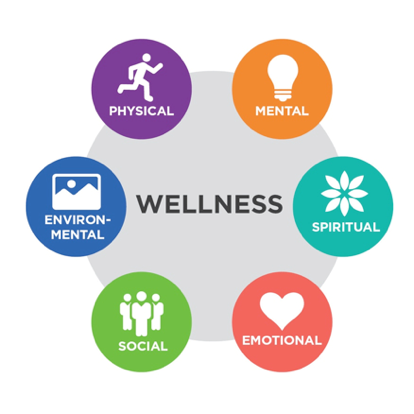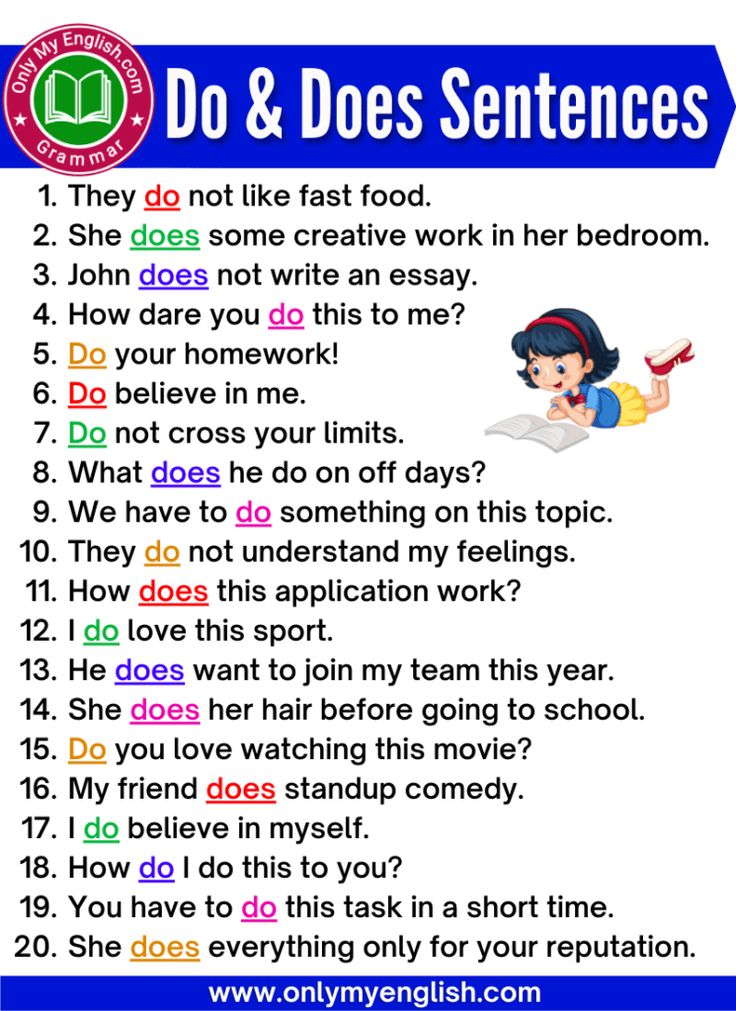Customer Orientation: The Key to Effective Marketing and Sustainable Business Growth
Introduction: Why Customer Orientation Matters in Marketing
The modern marketplace is competitive, diverse, and constantly evolving. As products multiply and customer expectations shift, businesses face pressure to stand out. The customer orientation principle has emerged as a critical cornerstone of the marketing concept , redefining how organizations engage with their audience and create value. Rather than focusing purely on sales or product features, customer orientation places the consumer’s needs, preferences, and experiences at the center of every marketing decision [3] . This article explores why customer orientation is vital, how it benefits organizations, and how businesses can implement this approach effectively.
Understanding Customer Orientation and Its Role in Marketing
Customer orientation is a business philosophy that focuses on creating value by understanding and fulfilling customer needs. It goes beyond viewing customers as mere data points or leads, instead recognizing them as complex individuals whose feedback, behaviors, and preferences shape the business’s direction [3] . The marketing concept, by definition, is a customer-centric approach that prioritizes delivering value to the target market through ongoing market research and responsiveness [4] .
Key Elements of Customer Orientation
Businesses that embrace customer orientation:

Source: rice21.com
- Identify and segment target markets based on genuine customer needs and behaviors.
- Conduct ongoing market research, focus groups, and feedback sessions to stay attuned to evolving preferences [1] .
- Involve customers in product development and service enhancement.
- Center all business decisions on the goal of customer satisfaction and value creation.
Benefits of Customer Orientation in Marketing
Adopting a customer-oriented marketing strategy delivers a range of tangible and intangible benefits. Below are the most important outcomes:
1. Enhanced Customer Loyalty and Retention
When businesses consistently meet and exceed customer expectations, they foster loyalty. Satisfied customers are not only more likely to return, but also to refer others, amplifying organic growth. For example, companies that actively seek customer feedback and tailor their offerings can build long-lasting relationships and enjoy higher lifetime customer value [3] .
2. Increased Profitability and Competitive Advantage
Customer orientation does not undermine profitability. In fact, aligning business goals with customer needs often boosts sales and reduces churn. By attracting the right audience and minimizing wasted resources, companies can outperform competitors who remain product- or sales-focused [2] .
3. Improved Brand Reputation and Trust
Businesses that prioritize customer needs develop a reputation for reliability and empathy. This strengthens their brand in the marketplace, making it easier to attract new clients and retain existing ones. A customer-oriented culture must be embedded across all employee levels to ensure consistent delivery [2] .
4. Better Product-Market Fit and Innovation
Customer feedback and market research drive innovation, helping businesses create products and services that solve real problems. For instance, companies often run focus groups, surveys, and polls to keep pace with changing needs, ensuring their offerings remain relevant [1] .
Implementing a Customer-Oriented Marketing Strategy: Step-by-Step Guidance
Transitioning to a customer-oriented model requires systematic changes across all business units. Here’s how to get started:
Step 1: Conduct In-Depth Market Research
Begin by gathering feedback using surveys, interviews, and focus group discussions. Use social media listening tools to monitor customer sentiment and uncover pain points. This process should be ongoing to capture evolving expectations [1] .
Step 2: Set Measurable Customer-Centric Goals
Define clear objectives based on customer feedback. Examples include improving Net Promoter Score (NPS), reducing response times, or increasing repeat purchases. Ensure goals are specific, measurable, and actionable.
Step 3: Align Internal Culture Around the Customer
Educate employees about the importance of customer orientation at every touchpoint, from sales to support. Encourage cross-departmental collaboration to solve customer problems holistically. Leadership should model customer-centric behaviors [2] .
Step 4: Personalize Marketing Communications
Use data-driven insights to segment your audience and tailor messages. Address individual needs and preferences rather than sending generic promotions. For example, SaaS companies like Ahrefs found greater success by answering customer questions through targeted content rather than broad advertising [5] .
Step 5: Create Feedback Loops and Iterate Continuously
Implement systems to collect customer reviews, complaints, and suggestions. Analyze trends regularly and adjust your marketing strategies to address emerging needs. This fosters trust and signals your commitment to improvement.
Step 6: Monitor and Measure Success
Track key performance indicators such as customer satisfaction, retention rates, and referral levels. Use these metrics to evaluate the impact of your customer-oriented initiatives and refine your approach.
Real-World Examples and Case Studies
Many successful organizations have demonstrated the power of customer orientation:
- Ahrefs shifted from traditional advertising to a content-driven strategy that answered user questions and solved real problems, resulting in significant growth [5] .
- Retail brands use loyalty programs and personalized recommendations based on shopping history to deepen customer relationships and increase repeat purchases.
- Telecom companies regularly survey customers to identify network issues and launch targeted solutions, improving satisfaction and reducing churn.
Challenges and Solutions in Customer-Oriented Marketing
While customer orientation offers substantial benefits, implementation can be complex. Common challenges include:
- Internal Resistance: Employees accustomed to a sales-driven culture may resist change. Solution: Invest in training and communicate the long-term benefits of customer orientation.
- Lack of Data: Insufficient customer insights can hamper personalization efforts. Solution: Leverage multiple feedback channels and invest in analytics platforms.
- Scaling Personalization: As businesses grow, maintaining a personal touch becomes harder. Solution: Use automation tools that segment and tailor communications without sacrificing authenticity.
Alternative Approaches to Achieving Customer Orientation
Organizations may consider several pathways to customer orientation:
- Start Small: Pilot customer-oriented initiatives in select departments before scaling up.
- Partnerships: Collaborate with customer advocacy groups or third-party platforms to gather insights.
- Technology Integration: Deploy CRM systems and AI-driven tools to personalize experiences and automate responses.
Accessing Resources and Support for Customer-Oriented Marketing
Businesses looking to adopt customer orientation can:

Source: ar.inspiredpencil.com
- Search for professional marketing consultancies specializing in customer-centric strategies.
- Attend industry webinars and workshops focused on best practices in customer orientation.
- Utilize market research agencies to design and analyze surveys for actionable insights.
- Review academic publications and case studies available through reputable business journals and university websites.
- Contact local business development centers or chambers of commerce for guidance on implementing customer-oriented models.
If seeking specific support services, use official search terms such as “customer orientation consulting,” “marketing strategy workshops,” or “customer experience analytics” on established business platforms like LinkedIn, Forbes, or Harvard Business Review. Always verify the credentials and reputation of service providers before engaging.
Key Takeaways
Customer orientation is no longer a trend but a necessity in the marketing landscape. By fully integrating customer needs into every aspect of business strategy, organizations can build loyalty, improve profitability, and foster innovation. Implementing this approach requires commitment, continuous feedback, and adaptability-but the results are transformative. Companies willing to prioritize the customer will lead the way in the competitive marketplace.
References
- [1] MBA Skool (n.d.). Consumer Oriented Marketing – Definition, Importance, Steps.
- [2] Tidio (2024). What Is Customer Orientation In Marketing: Examples & Skills.
- [3] Ozonetel (n.d.). What is Customer Orientation? Importance, Elements, Examples.
- [4] Fullenrich (2024). The marketing concept is best defined as: Customer-Centric Approach.
- [5] Userpilot (2025). How to Implement a Customer Oriented Marketing Strategy and Drive SaaS Growth.
MORE FROM eboxgo.com













